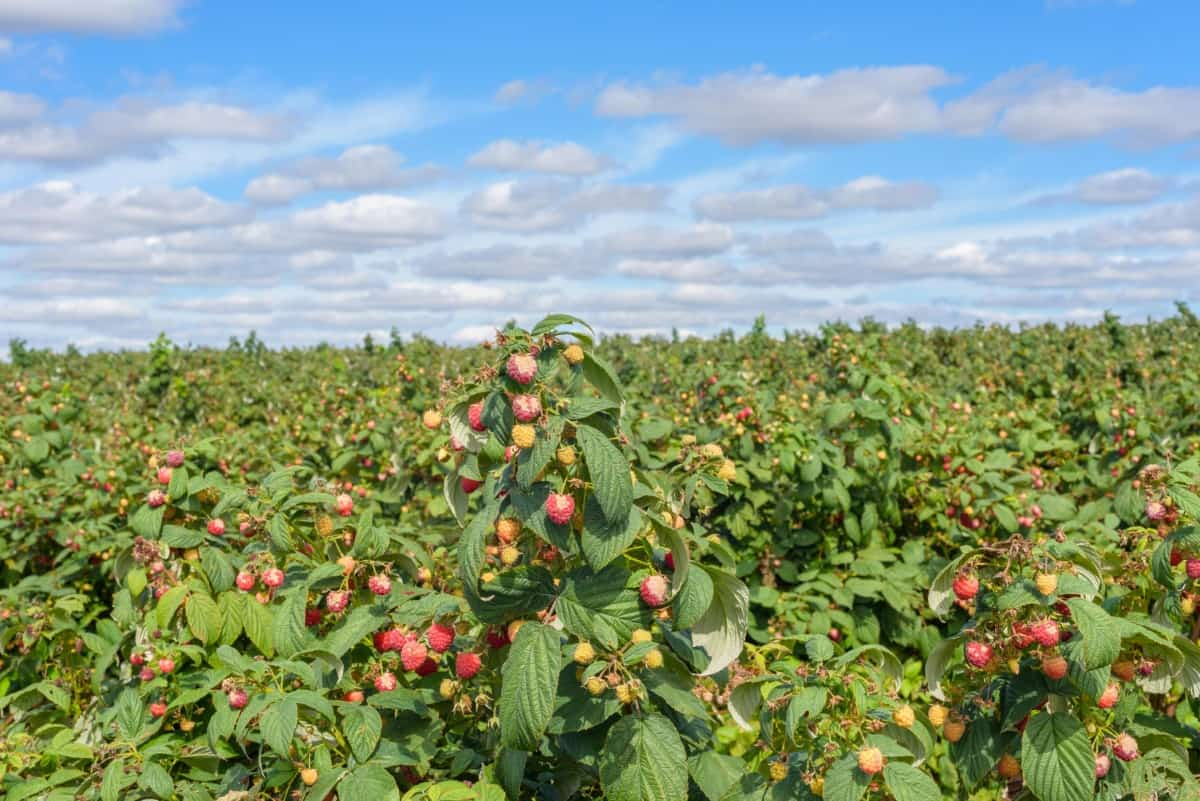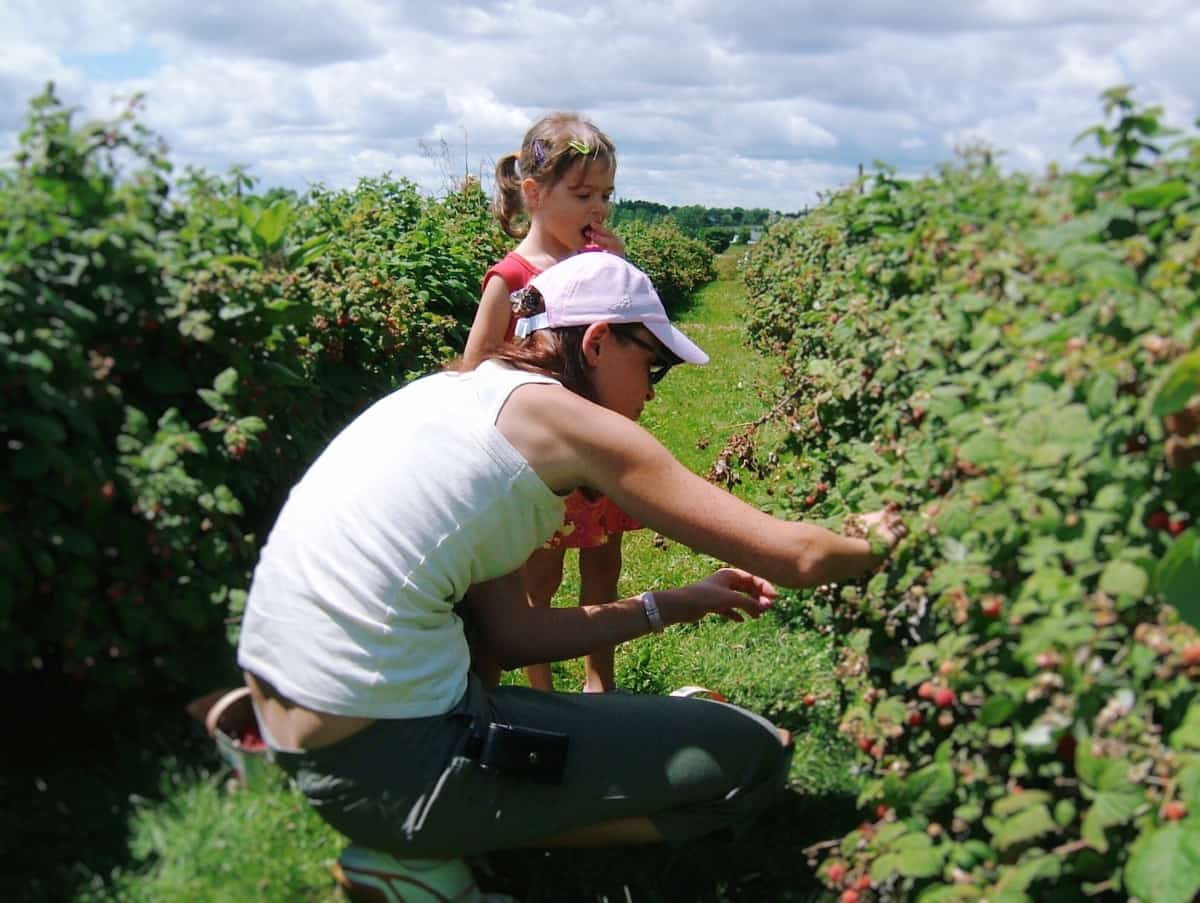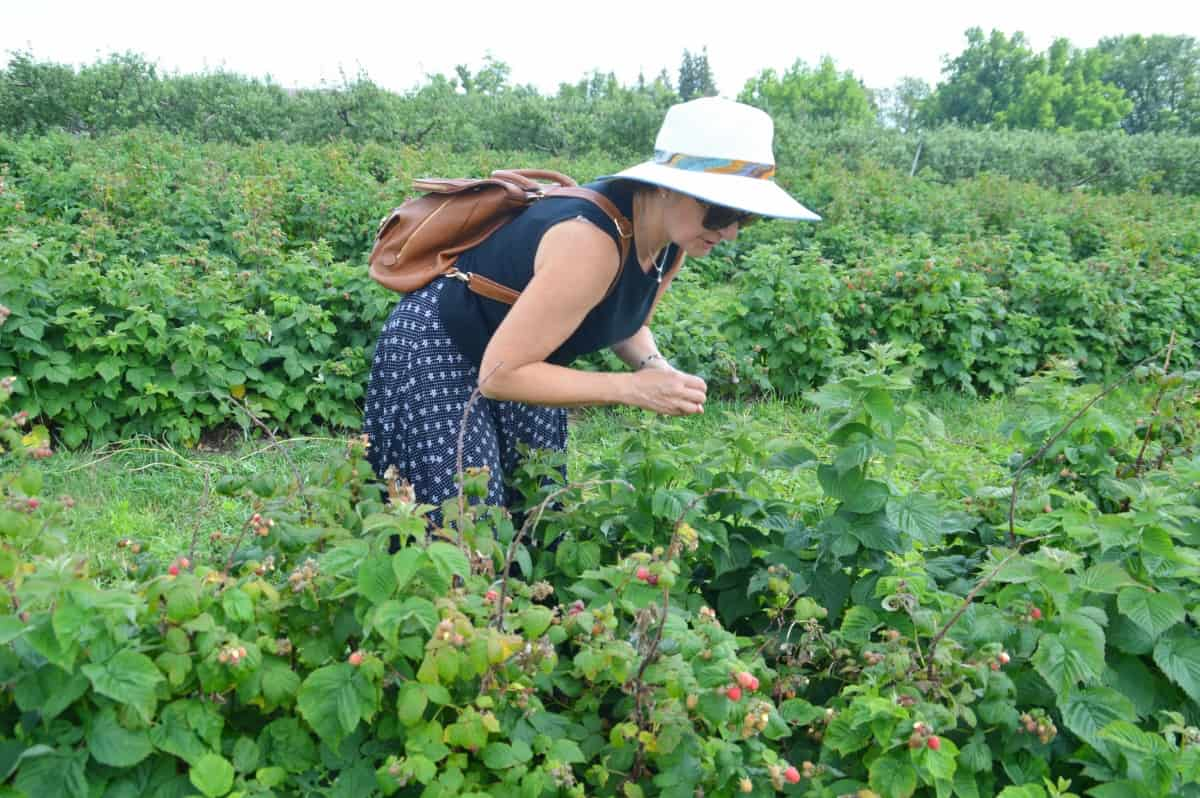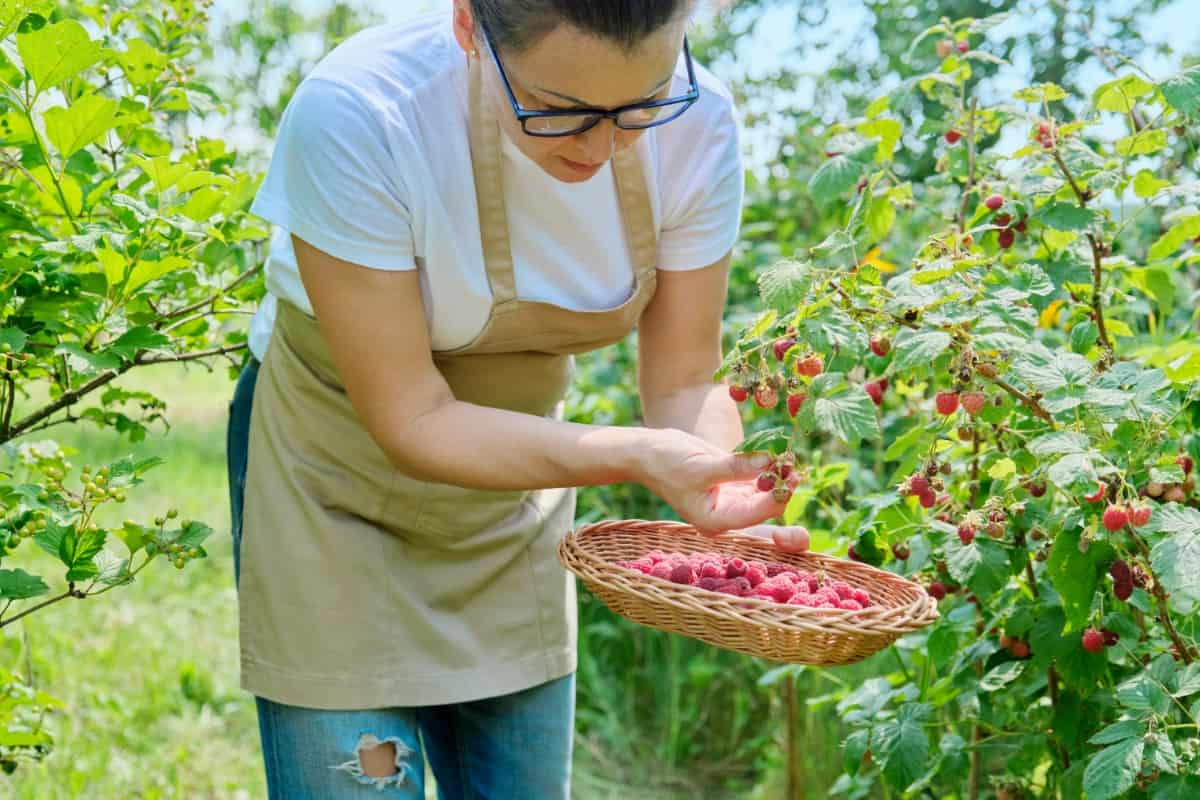Raspberry farming in the USA has garnered significant attention due to its promising profitability and lucrative revenue in raspberry farming. The project report on raspberry farming reflects a comprehensive analysis of the economics of raspberry production, incorporating the assessment of a 1-acre raspberry farming cost and subsequent profit.

This farming venture is not just about yield; it involves a strategic approach to cost reduction in raspberry farming to amplify the return on investment (ROI) in raspberry farming. Aspiring farmers and investors consider the detailed 1-acre raspberry yield data and profit metrics before embarking on this agricultural journey.
Raspberry Farming Project Report
Factors Affecting Raspberry Farming Costs and Profits
Multiple elements come into play when considering the financial aspects of raspberry farming. The initial costs, such as land preparation and infrastructure, set the foundation for the expenses. The recurring costs, like labor, planting material, fertilizers, and water management, further influence the 1-acre raspberry farming cost.
The revenue in raspberry farming, on the other hand, is determined by the market demand and the production volume, which is closely tied to the quality of plantation and care provided. These factors together steer the overall profitability of raspberry farming, affecting both the gross and net margins.
Land Preparation and Infrastructure Costs in 1-acre Raspberry Farming
In the USA, initiating a raspberry farm commences with land preparation, typically costing between $500 to $1,500 per acre. This stage is crucial for setting up a suitable environment for raspberry plants to thrive. Infrastructure is another significant investment, which includes erecting trellises, irrigation systems, and protective structures, ranging from $2,000 to $5,000. This upfront cost lays the groundwork for a prosperous harvest, with the potential for high returns over the lifespan of the raspberry plants.
Planting and Cultivation Expenses for 1-acre Raspberry Farming
The outlay for planting material, considering a standard density of 2,000 plants per acre, varies from $1,000 to $4,000, depending on the raspberry variety and its source. This expense is pivotal as it directly influences the quality and quantity of the raspberry yield. The subsequent cultivation practices add to the cost. Still, prudent management can optimize the expenditure, ensuring a healthier crop and thus contributing to the project report of raspberry farming with positive figures.
Irrigation and Water Management Costs in 1-acre Raspberry Farming
Water is a resource that demands efficient management, both in terms of supply and economics. The costs here range from $500 to $1,000 annually per acre. Proper irrigation and water management are vital for raspberry health and yield, representing a considerable portion of the ongoing expenses in raspberry farming. However, innovations and improvements in irrigation technology have paved the way for more effective water use, potentially lowering costs over time.
In case you missed it: Fertilizing Potted Raspberries: Organic, Natural, Homemade, NPK, and Schedule

Fertilizer and Pesticides for 1-acre Raspberry Farming
Fertilizers and pesticides constitute a major segment of the input costs, accounting for $500 to $1,500 per acre each year. These inputs are essential for optimal raspberry plant growth and safeguarding crops from pests and diseases. It’s a balancing act to ensure the plants receive what they need for maximum production without overspending, thereby maintaining a sound economic strategy in raspberry production.
Labor and Machinery Costs for 1-acre Raspberry Farming Operations
Labor costs often emerge as the most variable and significant expenditure, from $5,000 to $10,000 per acre per year. These recurrent costs encompass various operational aspects, from planting to harvesting. Machinery, if utilized, also contributes to this cost segment. Effective labor management and the judicious use of machinery are key to controlling costs and boosting the profitability of a 1-acre raspberry farm.
Harvesting and Post-Harvest Handling Expenses for 1-acre Raspberry Farming
The harvesting phase is labor-intensive, costing $2,000 to $4,000 annually per acre. Post-harvest expenses add to this, as raspberries require careful handling to maintain quality for the market. These stages are critical in determining the final marketable quality of the fruit, directly impacting the revenue in raspberry farming. Efficient practices in these final steps can significantly contribute to achieving the expected 1-acre raspberry farming profit.
Marketing and Distribution Costs in the 1-acre Raspberry Farming
Marketing and distribution costs in the 1-acre raspberry farming play a pivotal role in the profitability equation, as they cover the expenses related to bringing the harvested raspberries to the market and getting them into the hands of consumers. These costs can vary greatly based on the choice between direct selling, like farmers’ markets or community-supported agriculture (CSA) programs, versus more traditional retail or wholesale channels.
In case you missed it: A Versatile Creeping Raspberry Groundcover Plant

Marketing might include packaging, branding, and promotional activities, which can be especially important for organic or specialty raspberries aiming to fetch a premium price. Distribution expenses, on the other hand, are tied to the logistics of transportation, which involves getting the delicate fruit from the farm to the point of sale without compromising quality. Managing these costs effectively is essential for maintaining a competitive edge and ensuring a significant portion of the revenue in raspberry farming is retained as profit.
Assumption of this Pears Farming Project
This raspberry farming project report is based on the assumption that the farmer owns the land, eliminating the need to account for land purchase or rental costs. The cost and profit analysis is tailored for a 1-acre operation, and it’s important to note that the profit calculations presented are for the first harvest, which typically yields lower returns than subsequent harvests due to the initial investment and establishment costs.
The profitability and cost of raspberry farming can fluctuate significantly depending on the region, the variety chosen, the time of year, the cultivation practices adopted, and the prevailing market values. Such variables mean that while this report provides a general framework, actual results can vary and should be adjusted for local conditions and market dynamics.
1-Acre Raspberry Farming Project Report in Nutshell
| Expense Category | Cost Range ($ per acre) |
| Land Preparation | 500 – 1,500 |
| Planting Material | 1,000 – 4,000 |
| Infrastructure | 2,000 – 5,000 |
| Labor | 5,000 – 10,000 |
| Fertilizers and Chemicals | 500 – 1,500 |
| Water and Irrigation | 500 – 1,000 |
| Pest and Disease Control | 500 – 1,500 |
| Harvesting and Post-Harvest | 2,000 – 4,000 |
| Total Expenses Range | 12,000 – 25,000 |
| Revenue and Profit Analysis | Value Range |
| Average Yield (pounds per acre) | 8,000 – 12,000 |
| Average Selling Price ($ per pound) | 3 |
| Gross Revenue Range | 24,000 – 36,000 |
| Net Profit Before Taxes Range | 12,000 – 11,000 |
Frequently Asked Questions (FAQ) on Raspberry Farming
How Long Does It Take for Raspberries to Grow?
Raspberry plants typically take 1-2 years after planting to begin bearing fruit, with full fruit production by the second or third year.
How Many Raspberries Per Cane?
On average, a single raspberry cane can produce about 1 to 2 pints of berries throughout the fruiting season.
In case you missed it: 1-Acre Kiwifruit Farming Project Report: Production Economics, Cost and Profit Analysis

Conclusion
Establishing a 1-acre raspberry farm involves calculated costs and careful planning, with the potential for significant returns on investment. While initial expenditures such as land preparation, planting material, and infrastructure are considerable, the project report indicates that with effective management and market strategies, a farmer can expect substantial revenue in raspberry farming. Profits will increase after the first harvest as plants mature and yield more fruit.
- Ultimate Guide to Ossabaw Island Hog: Breeding, Raising, Diet, and Care
- Ultimate Guide to Juliana Pig: Raising Facts, Size, Diet, Care, and Lifespan
- Raising Lleyn Sheep: Disadvantages, Price, Uses, Characteristics, and Care
- Ultimate Guide to Meishan Pig: Breed Facts, Breeding, Raising, and Care
- Ultimate Guide to Teacup Pigs: Raising, Diet, Lifespan, Cost, and Care
- Guide to Raising Poll Dorset Sheep: Facts, Profile, Characteristics, Uses, and Care
- Ultimate Guide to Bighorn Sheep: Characteristics, Diet, Lifespan, Breeding, and Lifecycle
- Ultimate Guide to Raising Katahdin Sheep: Farming Facts, Breed Profile, Uses, and Care
- Ultimate Guide to Raising Oreo Cows: Belted Galloways Farming Facts, Profile, Uses, and Care